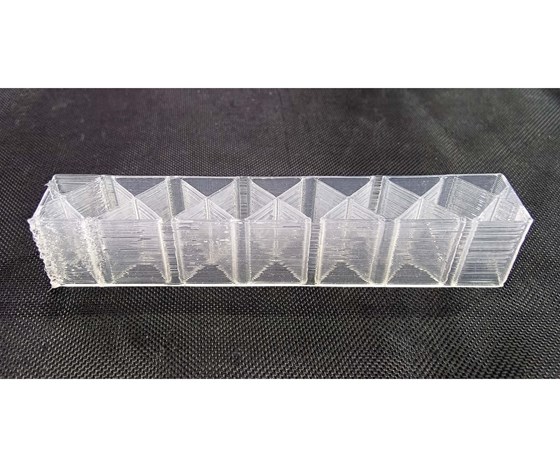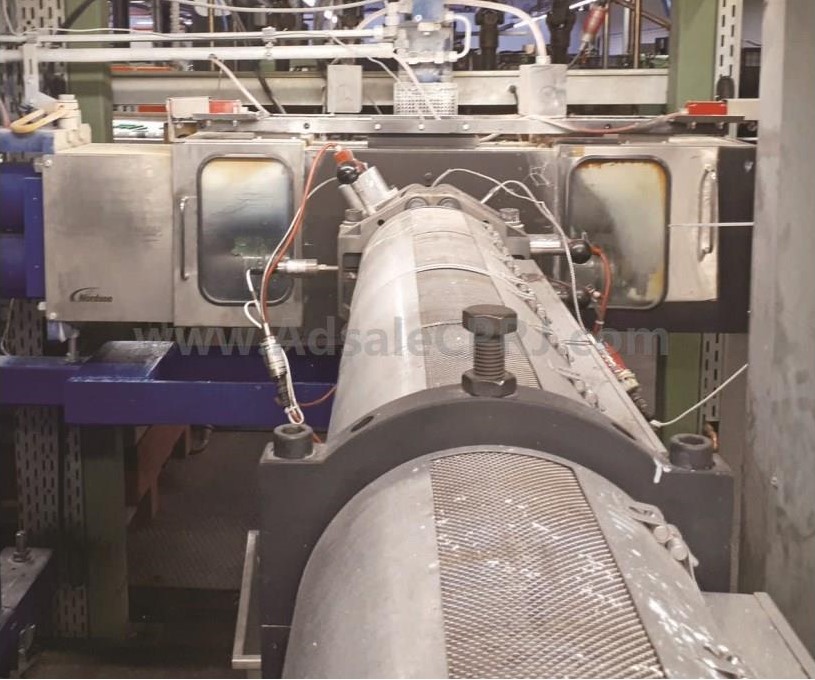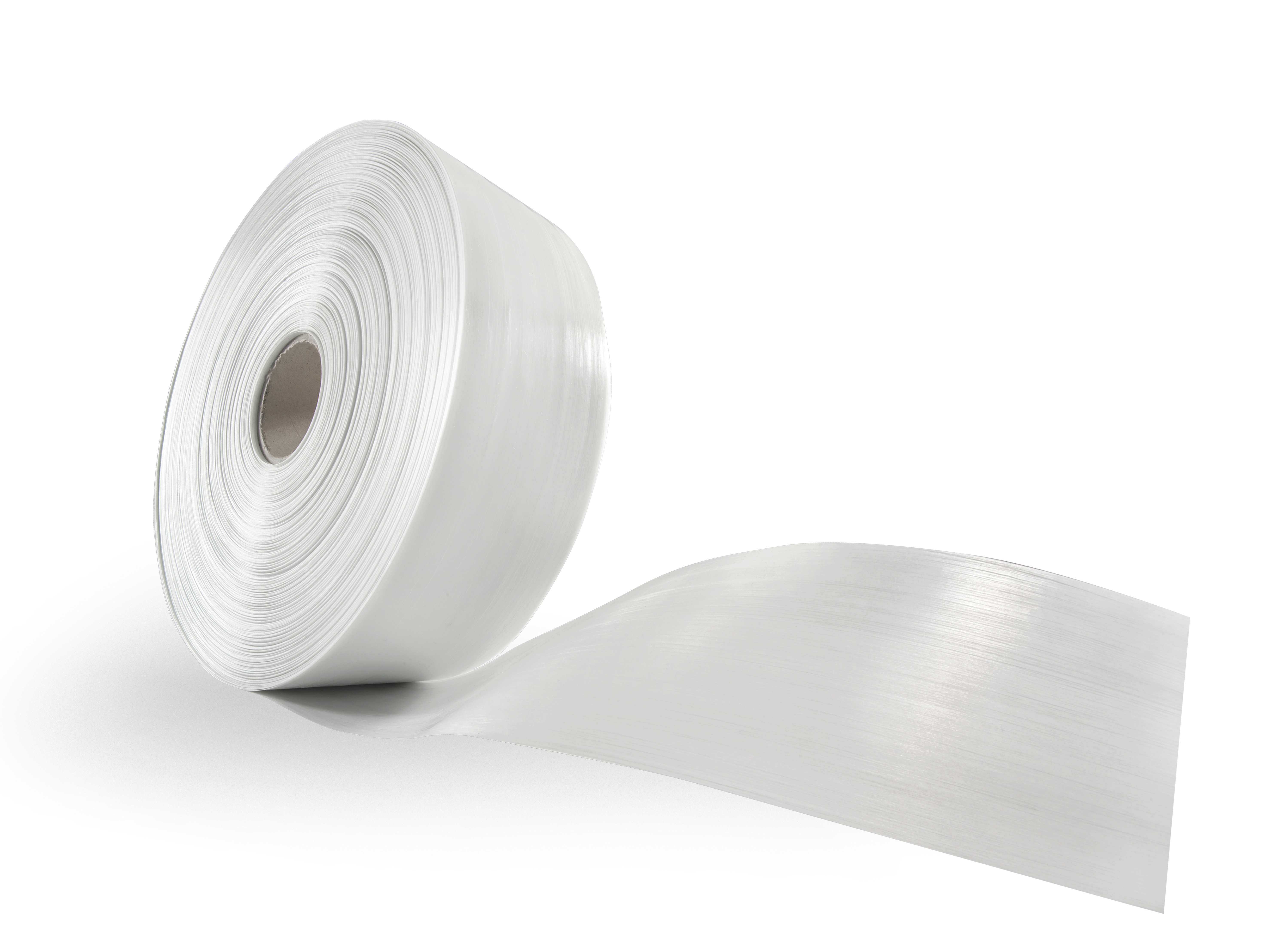Full stereocomplex PLA for commercial application by Total Corbion PLA▲ PLA is a biobased and biodegradable plastic produced from renewable raw materials (sugar or starch). (Image: Total Corbion PLA)Total Corbion PLA, a global technology leader in Poly Lactic Acid (PLA), announces the launch of a novel technology that can create full stereocomplex PLA in a broad range of industrial applications.The proprietary technology will enable PLA applications abe to withstand temperatures close to 200°C (HDT-A). Samples of glass fiber reinforced stereocomplex PLA will be made available to those wanting to test the new technology for their applications.According to the company, the new technology enables stereocomplex PLA, a material with long, regularly interlocking polymer chains, to have an even higher heat resistance than standard PLA.This breakthrough in PLA temperature resistance unlocks a range of new application possibilities, and provides a biobased replacement for PBT and PA glass fiber reinforced products.For example, injection molded applications for under-the-hood automotive components can now be made from glass fiber reinforced stereocomplex PLA, offering both a higher biobased content and a reduced carbon footprint.The technology can offer these same sustainability benefits to the wider automotive, aerospace, electronics, home appliance, marine and construction industries.“Over the past decades, the benefits of full stereocomplex PLA have been studied by universities and R&D departments on a laboratory scale”, says Stefan Barot, Senior Business Director Asia Pacific. “Now, Total Corbion PLA is the first company to scale up this technology and make it available for a broad range of industrial applications. The technology enables full stereocomplex morphology not only in the lab environment but also in commercial production facilities”.Commercial samples of full stereocomplex PLA will soon be made available for customer evaluation. Total Corbion PLA is looking for brand owners, converters and compounders that wish to validate and capitalize on this new technology.Total Corbion PLA will have a booth at the NPE 2018.
Aeyoung Park
2018-05-04




















